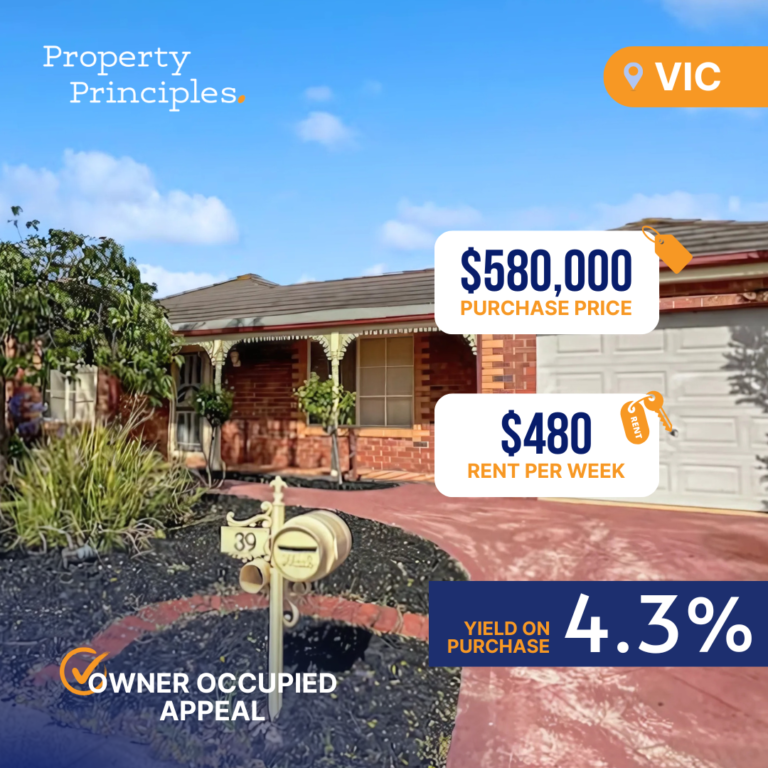Do you ever feel like the cost of living has skyrocketed, but the official inflation figures just don’t add up? Well, you’re not alone. Many Australians share your skepticism, and it turns out there are some valid reasons for that. Let’s dive into why the Consumer Price Index (CPI) might not always be the most reliable indicator of the true cost of living.
To begin with, it’s essential to understand that our memories play tricks on us when it comes to recognizing price changes. We tend to remember significant price increases but often overlook those items that have remained stable or even decreased in price. As a result, our intuition might tell us that prices are rising faster than the CPI suggests.
It’s also important to note that the CPI covers a wide range of goods and services – not just the weekly grocery haul. From clothing and healthcare to housing and recreational activities, the CPI aims to provide a comprehensive snapshot of what households spend their money on.
However, it’s crucial to recognize that the CPI has its limitations. For starters, averaging a diverse range of goods and services can sometimes obscure the impact of price changes on specific groups of people. Think about the various living costs incurred by young families, retirees, renters, and homeowners – the average CPI figure may not adequately represent any of their unique circumstances.
The most significant way the CPI falls short has to do with how it measures housing costs. Interestingly, the cost of being a homeowner is not determined by mortgage interest rates in the CPI calculations. Instead, it’s measured as the price of a newly built house or unit, which is a rather unusual approach. This method was adopted after the Reserve Bank influenced the Australian Bureau of Statistics to exclude interest rates from the CPI.
To provide a more accurate representation of living costs, the bureau began publishing various “living cost indexes” for selected household types. These indexes show a greater range in price increases, with employee households experiencing the highest increase (9.6%) and self-funded retirees the lowest (6.3%). The critical difference is that these indexes measure homeowners’ housing costs based on mortgage interest payments rather than the price of newly constructed homes.
In summary, while the CPI is a valuable tool for measuring general trends in price changes, it doesn’t paint the whole picture for individual households. Fluctuations in prices might hit certain demographics more significantly, and the way housing costs are calculated within the CPI proves to be an essential factor in distorting the true cost of living.
So, the next time you hear about the inflation rate and feel doubtful, remember that it’s not just your imagination – there are genuine reasons to question whether these figures genuinely reflect the everyday experience of Australians. No matter what the official numbers may say, always be mindful of your personal circumstances and spending habits to gauge the real impact of price changes on your budget.












